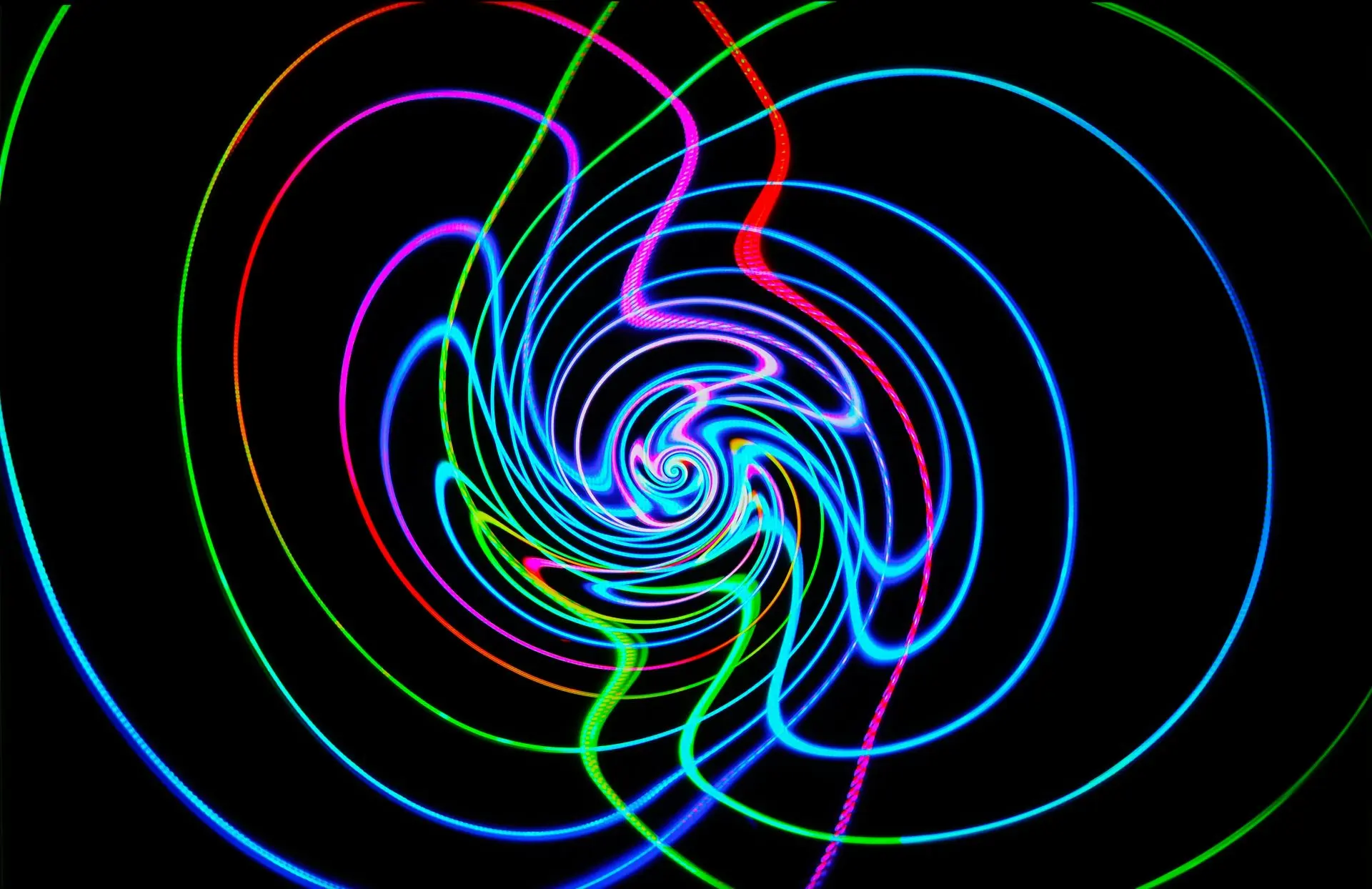Cosmic Horizons: New-Age Explorations into Celestial Maps

Looking for more amazing products? Check out our online store and explore our collection here! Happy shopping!
Before diving in, please note: This post is for informational purposes only. If you’d like to know more about how we approach topics, feel free to check out our friendly Disclaimer Page.
Hey there, amazing readers! 
We’re committed to delivering quality posts, and your support (even just sticking around despite the ads) means everything to us. So, bear with us, and thanks for helping us keep the good vibes rolling. Now, on to the fun stuff!
TRANSLATE BUTTON AT THE END OF THE ARTICLE
Overview
Celestial maps have long captivated the minds of both astronomers and enthusiasts alike, offering a glimpse into the vast expanse of the universe.
These maps, also known as star charts or sky maps, serve as navigational tools to help astronomers and stargazers locate and identify celestial objects such as stars, planets, constellations, and galaxies.
They provide a visual representation of the night sky, allowing us to explore and understand the wonders of the cosmos.
In this article, we delve into the realm of celestial maps, uncovering their significance, history, evolution, and the role they play in expanding our cosmic perspective.
Unveiling the Wonders of the Cosmos with Celestial Maps
Celestial maps serve as gateways to the universe, allowing us to explore the wonders of the cosmos from the comfort of our own homes or observatories.
They provide a comprehensive view of the night sky, offering a guide to locating and identifying various celestial objects.
With the aid of these maps, astronomers and stargazers can navigate the stars, identify constellations, track the motion of planets, and even discover new celestial phenomena.
Celestial maps are essential tools for anyone interested in exploring and understanding the vastness of the universe.
Understanding the Significance of Celestial Cartography
Celestial cartography, the art and science of creating celestial maps, holds great significance in the field of astronomy.
These maps enable astronomers to record and communicate their observations, facilitating the study of celestial objects and their movements.
By accurately representing the positions and characteristics of celestial bodies, celestial maps assist astronomers in making astronomical calculations and predictions.
They also provide a means of preserving and sharing astronomical knowledge, allowing future generations to build upon the discoveries of the past.
Exploring the History of Celestial Mapping Techniques
The history of celestial mapping techniques dates back to ancient civilizations.
Early civilizations such as the Babylonians, Egyptians, and Greeks were keen observers of the night sky and developed their own methods of celestial mapping.
The Babylonians, for example, created clay tablets with detailed records of celestial events, while the Egyptians incorporated celestial maps into their religious practices.
The Greeks, particularly the astronomer Hipparchus, made significant advancements in celestial mapping by introducing a coordinate system and cataloging the positions of stars.
The Evolution of Celestial Maps: From Ancient to Modern
Over time, celestial maps have evolved alongside advancements in technology and knowledge.
From the early star catalogs of ancient civilizations to the intricate atlases of the Renaissance, celestial maps have become more accurate, detailed, and accessible.
The invention of the telescope in the 17th century revolutionized celestial mapping, allowing astronomers to observe celestial objects with greater precision.
In the 20th century, the advent of photography and digital imaging further enhanced the quality and usability of celestial maps, enabling astronomers to capture and analyze vast amounts of astronomical data.
Unraveling the Secrets of the Universe through Celestial Maps
Celestial maps play a crucial role in unraveling the secrets of the universe.
By studying the patterns and movements of celestial objects, astronomers can gain insights into the nature of the cosmos.
They can track the motion of planets, discover new comets, study the formation of stars and galaxies, and even investigate the expansion of the universe.
Celestial maps provide a foundation for astronomical research, allowing scientists to explore the fundamental questions of our existence and deepen our understanding of the universe.
Celestial Maps and their Role in Astronomical Discoveries
Throughout history, celestial maps have played a vital role in numerous astronomical discoveries.
From the identification of new celestial bodies to the mapping of cosmic phenomena, these maps have served as guiding tools for astronomers.
For instance, the discovery of Uranus in 1781 by William Herschel was made possible by accurately plotting its position on a celestial map.
Similarly, the mapping of supernovae and the identification of exoplanets have relied on the precise coordinates provided by celestial maps.
These discoveries highlight the indispensable role of celestial maps in expanding our knowledge of the universe.
The Art and Science behind Celestial Mapping
Celestial mapping is both an art and a science.
It requires a combination of astronomical knowledge, artistic skills, and technical expertise to accurately depict the night sky.
Celestial cartographers carefully study and observe celestial objects, taking into account their positions, magnitudes, and other characteristics.
They utilize various tools such as telescopes, computers, and specialized software to create detailed and accurate representations of the night sky.
The artistry of celestial maps lies in their ability to visually convey the awe-inspiring beauty and complexity of the cosmos.
Navigating the Stars: How Celestial Maps Aid Astronomy
Celestial maps serve as indispensable tools for navigating the stars.
By providing visual references and coordinates, these maps enable astronomers to locate and track celestial objects with precision.
They assist in planning observations, identifying specific regions of interest, and determining the best time to observe particular phenomena.
Whether used by professional astronomers or amateur stargazers, celestial maps enhance the efficiency and accuracy of astronomical observations, allowing for a deeper exploration of the universe.
Cosmic Landmarks: Mapping Constellations and Galaxies
One of the primary purposes of celestial maps is to map constellations and galaxies.
Constellations are groups of stars that form recognizable patterns in the night sky.
Celestial maps outline these patterns, allowing observers to identify and trace the paths of constellations.
They also depict the boundaries and names of constellations, serving as guides for both amateurs and professionals.
Similarly, celestial maps showcase the positions and characteristics of galaxies, enabling astronomers to study their distribution, structure, and evolution.
By mapping these cosmic landmarks, celestial maps contribute to our understanding of the vastness and diversity of the universe.
Mapping the Unknown: Celestial Cartography’s Boundless Potential
Celestial cartography holds boundless potential for mapping the unknown regions of the universe.
As technology continues to advance, astronomers can create more detailed and comprehensive celestial maps, uncovering hidden celestial objects and phenomena.
The mapping of dark matter, for example, remains a significant challenge, but with advancements in observational techniques, celestial maps may provide valuable insights into this elusive component of the universe.
Additionally, celestial maps can aid in the search for extraterrestrial life by identifying habitable zones within galaxies and pinpointing potential candidates for further exploration.
A Closer Look at Modern Tools for Celestial Mapping
Modern tools and technologies have revolutionized the field of celestial mapping.
Digital imaging and computer software allow for the creation of highly accurate and customizable celestial maps.
Astronomers can generate maps in real-time, incorporating the latest observational data and adjusting for specific locations and timeframes.
Furthermore, interactive sky maps and smartphone apps provide enthusiasts with accessible tools for exploring the night sky.
These modern advancements make celestial maps more interactive, user-friendly, and dynamic, enhancing the overall experience of stargazing and astronomical research.
Expanding our Cosmic Perspective through Celestial Maps
In conclusion, celestial maps offer a window into the vastness and mysteries of the cosmos.
They serve as invaluable tools for astronomers and stargazers alike, enabling us to explore, understand, and appreciate the wonders of the universe.
From ancient civilizations to the modern era, celestial mapping has evolved alongside technological advancements, shaping our understanding of the night sky and contributing to numerous astronomical discoveries.
As we continue to unlock the secrets of the universe, celestial maps will undoubtedly play a pivotal role in expanding our cosmic perspective.
So, whether you’re an avid stargazer or a curious explorer, consider delving into the realm of celestial maps and embarking on a journey through the cosmic horizons.

The Enlightenment Journey is a remarkable collection of writings authored by a distinguished group of experts in the fields of spirituality, new age, and esoteric knowledge.
This anthology features a diverse assembly of well-experienced authors who bring their profound insights and credible perspectives to the forefront.
Each contributor possesses a wealth of knowledge and wisdom, making them authorities in their respective domains.
Together, they offer readers a transformative journey into the realms of spiritual growth, self-discovery, and esoteric enlightenment.
The Enlightenment Journey is a testament to the collective expertise of these luminaries, providing readers with a rich tapestry of ideas and information to illuminate their spiritual path.
Our Diverse Expertise
While our primary focus is on spirituality and esotericism, we are equally passionate about exploring a wide range of other topics and niches 

To ensure we provide the most accurate and valuable insights, we collaborate with trusted experts in their respective domains 
Our blog originally focused on spirituality and metaphysics, but we’ve since expanded to cover a wide range of niches. Don’t worry—we continue to publish a lot of articles on spirituality! Frequently visit our blog to explore our diverse content and stay tuned for more insightful reads.
Hey there, amazing reader! 
Check out our store here and take a peek at some of our featured products below! Thanks for being awesome!











